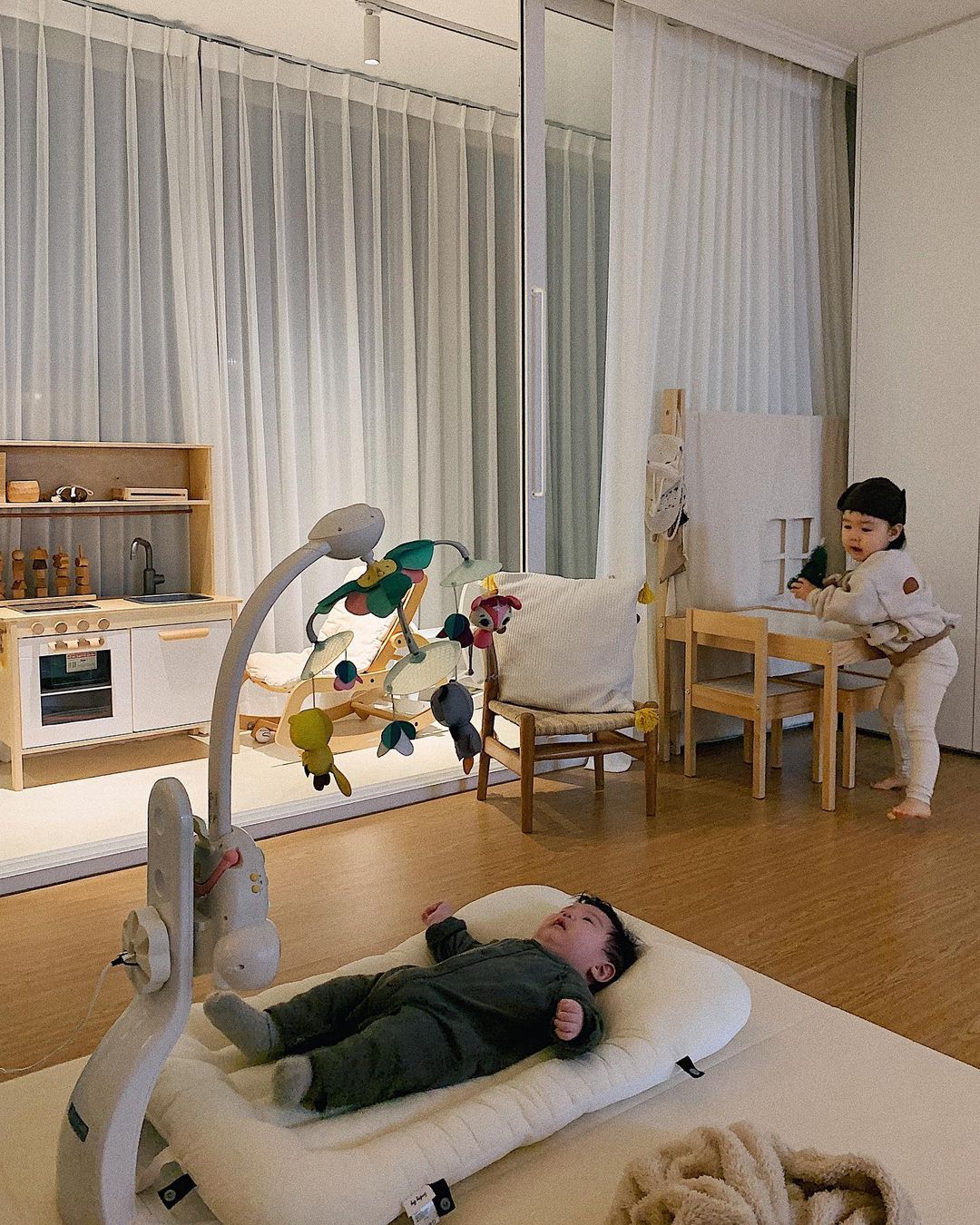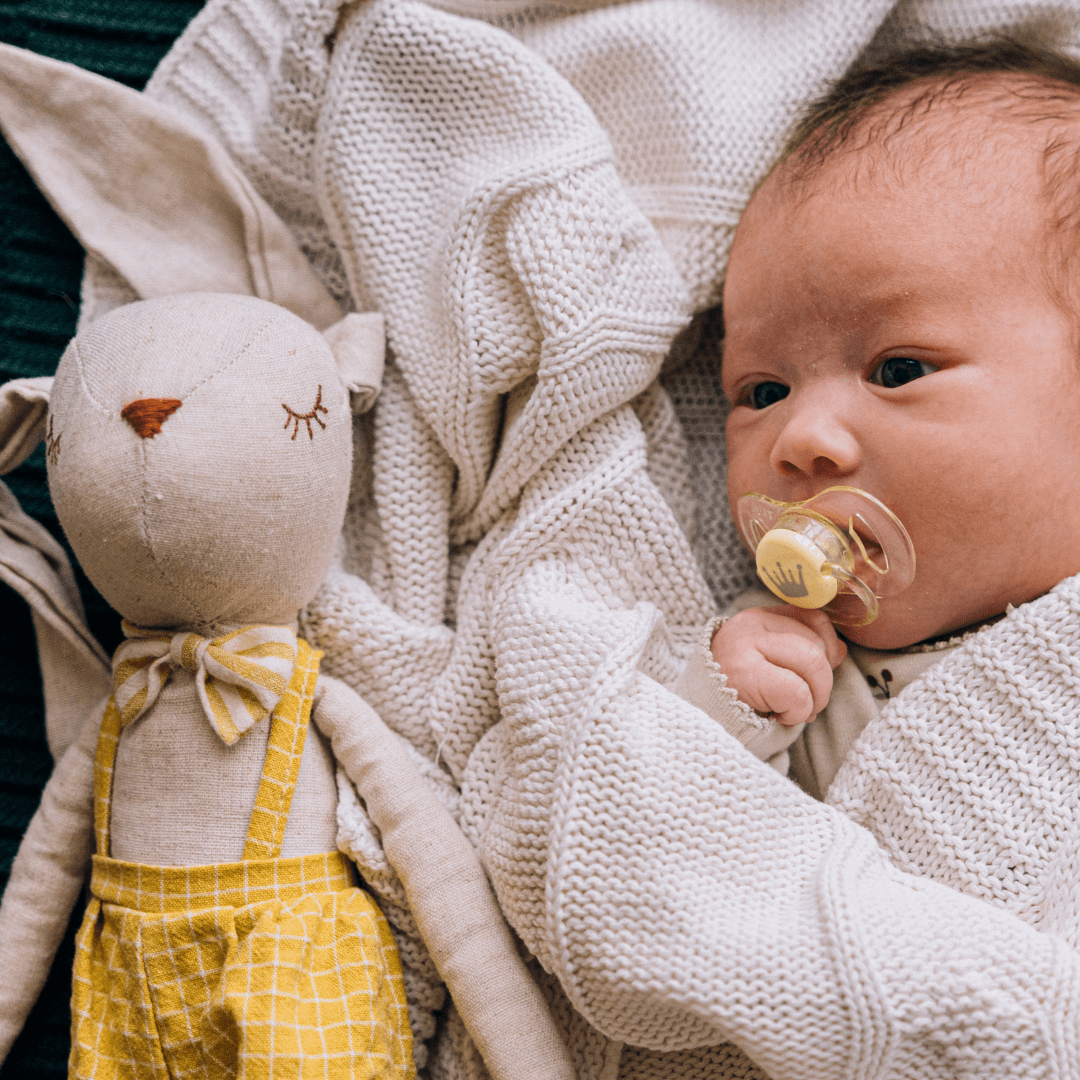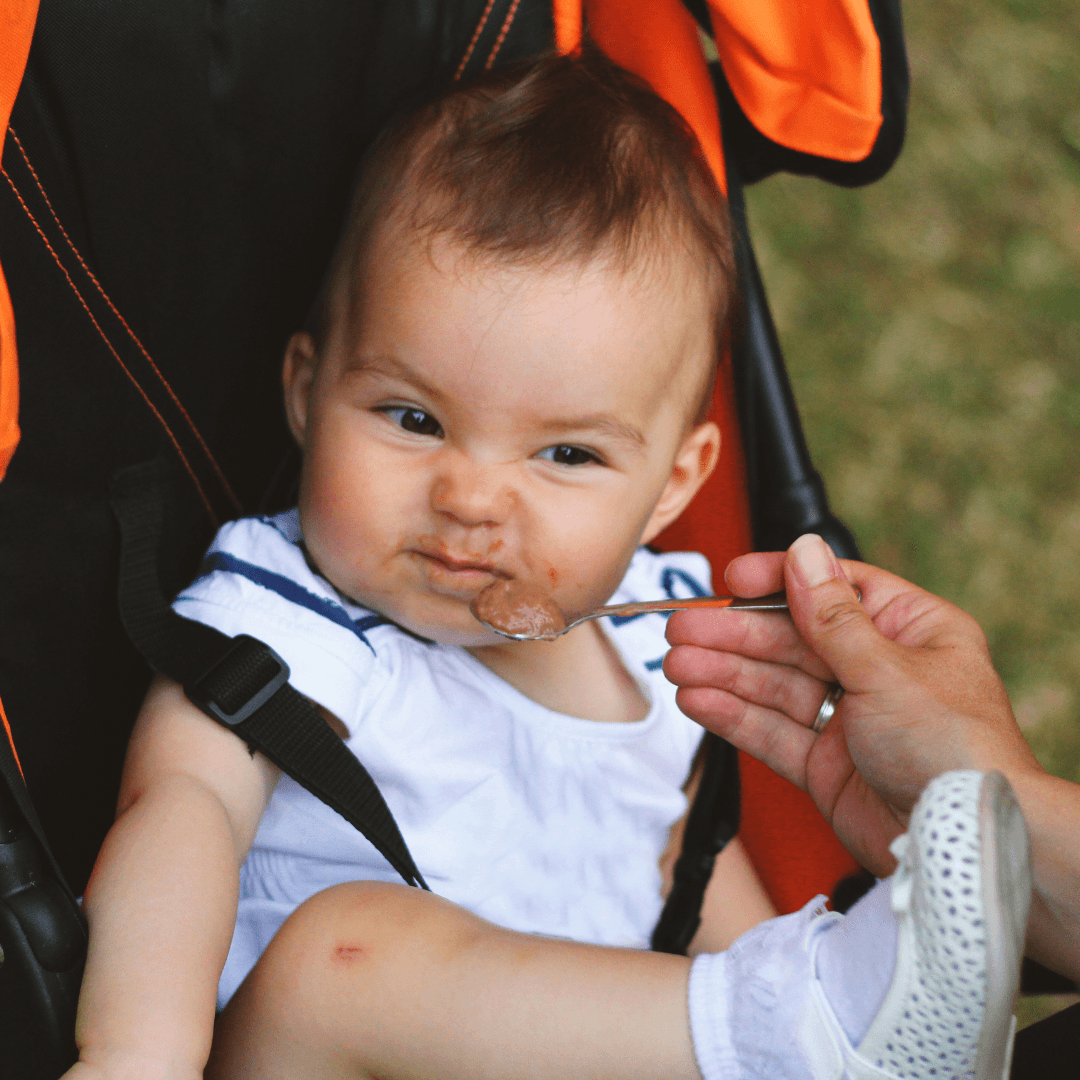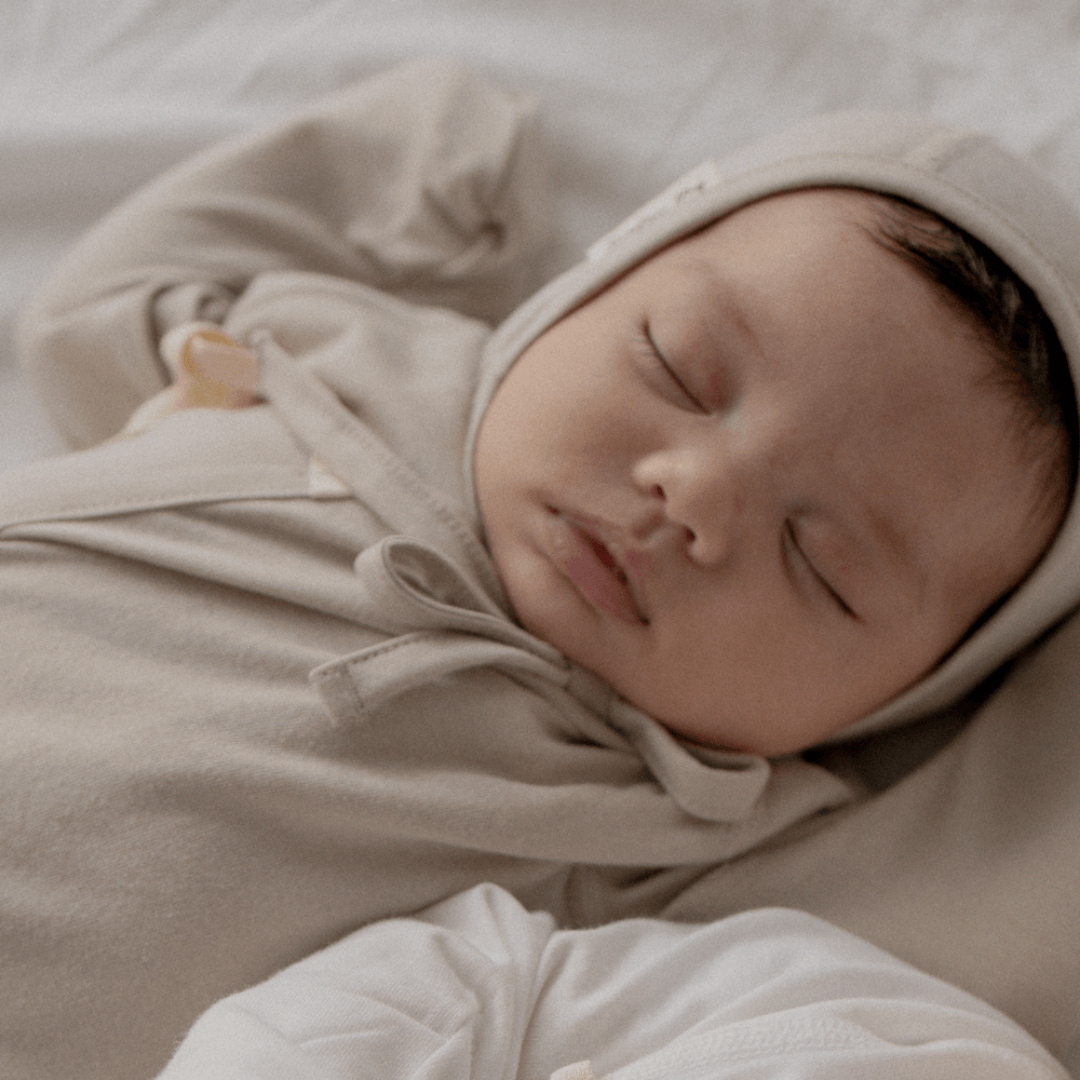Babyproofing a house is something expectant parents need to consider before the arrival of their baby. It is advised that this will be done at least three months before the baby is out as some tips might require time before they’re completed. Parents can never be too careful when it comes to their baby’s safety.
What Do We Mean By Babyproofing a House?
Babyproofing is when you modify your home to make it safe for an active baby. You don't want an adventurous toddler falling down the stairs, or a curious crawler sticking her fingers in the electrical sockets. Babies love to stick their fingers into anything with holes! Babyproofing a house is not just about installing gates and door stops, but also taking care of common household hazards.
You’re not just checking for things that could pose a direct risk to your little one—you should also check for things that can harm you while you have a baby in your arms. Don’t only think of it as babyproofing a house—think of it as baby proofing your life!

These are important because making sure that your child's environment is safe is your biggest priority before anything else. Keep in mind that no matter how much you babyproof your home, the most effective way to prevent accidents is simply to watch your child closely.
Safety and peace of mind are more than important when you’re raising a baby. Searching for ways to keep your tiny tot safe is a must, and the first step of many is knowing how to babyproof your home. We will help you through everything, from keeping them away from things they shouldn’t have to ensuring they won’t knock something over or hurt themselves in any way while they’re crawling or walking around.
Here are some recommendations on how to make your home safe for a new baby:
1. Babyproofing the Whole House
Babyproofing a house can mean different things depending on your family's situation, but the essentials remain the same: installing gates and door guards to prevent falls, making sure all furniture is secure and outgrown, putting away any dangerous cleaning products or sharp objects, etc.
2. Installation of Carbon Monoxide Detectors
The best time to get babyproofing done around your home is before your baby arrives. (We also have a whole checklist for every room of your house to help you get it done.) Here‘s our most important tip: Always test the smoke alarms and carbon monoxide detectors in your home, including hard-wired alarms that have battery back-up systems. Smoke alarms save lives by alerting you to the presence of smoke in your home.
Carbon monoxide (CO) detectors are available in battery-operated or plug-in models. Floor and wall models are recommended, as they can trigger a carbon monoxide alarm if their sensors come into contact with water during a flood or leak. It is essential to test smoke alarms once a month when babyproofing a house. Change batteries at least once a year, when clocks are set forward or backward for daylight saving time. Test CO detectors monthly by pushing the test button; replace the batteries at least once each year or after using a fire or stove.
3. New or Peeling Paint
Lead paint is commonly found on the surfaces of windowsills, door frames and other areas in older houses. Children of all ages who are crawling around or touching these painted surfaces face a potential hazard from lead exposure.
On the other hand, it is also important to consider new paint as a health hazard to children. Lead-based paint is still in some homes—despite its ban in 1978. If your baby or toddler ingests paint chips, this can affect his/her cognitive development later in life.

4. Get Your First Aid Kit Up to Snuff
It is important to remember that first aid kits should have enough supplies to treat common injuries from lacerations to burns when parents go about babyproofing a house. Check expiration dates on any medications and throw in a few extras, just in case. And don’t forget about the adults: ask your pediatrician about having your child’s sitter trained in CPR and proper choking procedures.
5. Appliances and Lights
Make sure your gas and electric stoves are all turned off at the main switch, and that your gas or oil furnace has safety covers over the burners. Make sure all electrical cords are out of reach, especially on windowsills and behind furniture or heavy appliances.
When it comes to lights, unplug all lamps, lighting fixtures, and ceiling fans when not in use. Make sure that any new lighting you put in your baby’s room is close to the ground and cannot be tipped over. Remember to turn off any night lights or other lights near your child’s bed before you leave the room, or better yet unscrew the bulbs.
Babyproofing a house before your baby arrives is more than just getting rid of dangerous items like electrical cords and sharp objects. You are also preparing his or her environment by installing childproof locks on cupboards, drawers and cabinets. The crib, if you have one, should be put together and ready to go. The sooner you jump in, the quicker you'll realize it isn't that difficult – and the better for you and your little one.
6. Hot-water Heater Settings
Please be familiar with the hot water settings in your house. Lower the temperature to less than 120 degrees if you want your baby to be able to play in the tub. Please make sure you are constantly supervising your baby in the bathroom. Leaving him or her for a short time could lead to serious injuries or worse. Many kids are able to tamper with the knobs and handles on water heaters by age 2 or younger. If you have any questions or concerns, please feel free to contact your child's pediatrician, who will be able to make recommendations based on the age and abilities of your child. Babyproofing a house requires consulting experts to make sure that you are doing age-appropriate procedures.
7. Furniture and Medications
Use a baby gate to block off areas of the house where your infant can't go. Open cabinets and drawers should be blocked with furniture. Make sure small items and objects that could be harmful or swallowed are put away out of reach or stored in containers with latches that are difficult for a baby to open. Keep all cleaning products and medications locked up, too—even if they're not being used right now, mistakes can happen that could cause harm to an infant.
The corner of a coffee table is probably one of the easiest places to reach in your home. There are so many sharp corners that could cause a serious injury if they were to be bumped into by accident. To prevent pieces of furniture from damaging your baby when babyproofing a house, you should take the protective padding and place it on the sharp edges. This will help prevent accidents and protect your child in case they do knock the furniture over.
8. Fireplace
Take precautions to help prevent your baby getting too close to the fireplace. Ideally, you’ll have moved the fireplace out of reach and added a sturdy back on the hearth to hold things off of it by now. If not, you can also add child-safe glass doors for quick access and an extra layer of protection. (Warning: these aren’t a substitute for supervision!)
9. Window Blinds
Most parents who are expecting or have recently had a baby are those who are most vulnerable to window blind accidents that can lead to serious injuries. Window blinds pose a huge problem for babies, because they are easily accessible and provide an easy way for your baby to hang her head out of the window while playing with the cord.
10. Liquid Detergents and Washing Materials
Pay special attention to the laundry room because this is where undesirable items may be stored: detergent, cleaners, spilled drinks and household items.
Nestled away in your laundry room are liquid laundry packets that can be a serious hazard to your children. Keep in mind that when babyproofing a house, most detergent pods come in sweet-smelling scents like grape, strawberry, lemon, berry and blueberry, which might make children think they’re something else entirely — a treat to be eaten. A child should never come into contact with these containers under any circumstances. They're not for consumption, and whatever is left behind needs to be kept safely away from little hands.
11. Babyproofing a Nursery
There are a few decorating tips for the nursery that may surprise you. You want to steer clear of hanging anything directly over the crib or changing table because your little one can grab and pull, possibly hurting themselves.
Things like artwork, pictures, and hanging plants are all items you want to think twice before putting them up. The National Safety Council recommends not hanging anything within reach of the baby's hands because it can lead to a serious accident. If you're thinking about taking down your gallery wall and moving it away from the crib or changing table, that is definitely a smart idea.

12. Floors
Kids put everything in their mouths. You're probably doing a thorough vacuum and quick sweep around the house, but are you really checking every corner? When babyproofing a house, move or store all small objects that could be dangerous to your baby's mouth. It's amazing how many crafts, jewelry pieces and even toys can get lost in your house! And if you don't find them, they can end up anywhere, so try very hard to find them all.
As an expectant parent, keeping your baby safe is an important priority. Start preparing to babyproof your home at least three months before your baby is due. This way, you have time to research and complete any major baby safety projects that you need. From gates and cabinet locks to child proofing furniture, baby proofing the house needs constant vigilance.







